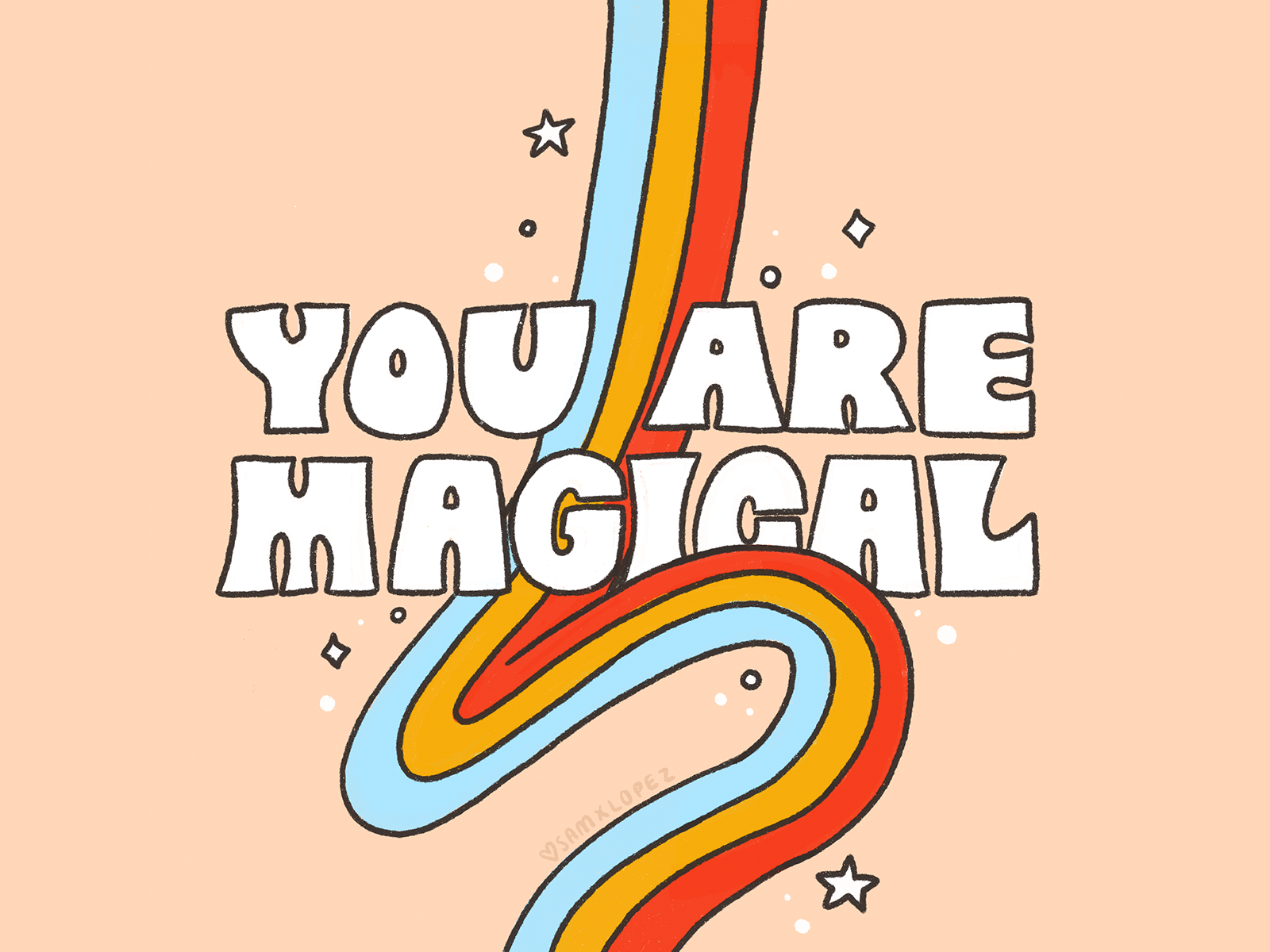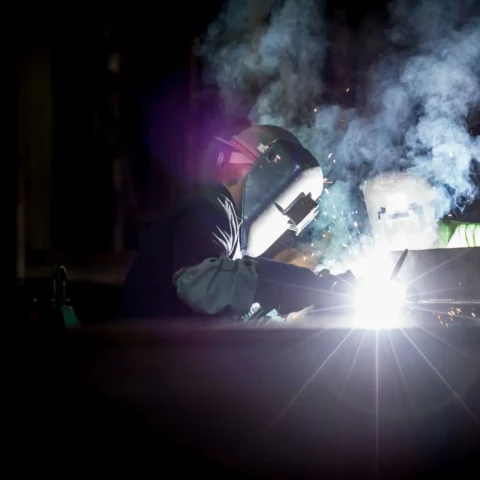The process of choosing a restaurant for dinner is similar to design research. (Hear us out!)
You know the million-dollar question — “where do you want to go for dinner?”
The question magically drains our brain of any thoughts. If we were cartoon characters, a flurry of question marks would for sure start hovering overhead. Answers range from “I don’t care” to “wherever” to “it doesn’t matter,” leaving the dinner conundrum a tough problem to solve. Choose wrong, and you’ll be eating late-night popcorn by the handful as a dinner fill-in.
The basics involve asking the right questions, conducting intelligent research and building a plan. We all know choosing a restaurant alone is an intimidating task. But ask the group or family for more input, and you’re in better shape.
Research and product design teams are in the same boat. They can work separately, sure, but combine the two fields of experts, and you uncover deeper user insights than you would on your own. Research plays a huge role in product design — and ultimately, the entire culture of a company.
User research benefits the entire organization
Research teams give us qualitative data we couldn’t live without. That data serves as the backbone for discovering what users want and need and how they interact with a product. But researchers can’t do it all on their own. A great research team helps build a culture of continuous feedback and a culture of sharing. First, they share information they’re learning about the customer. But they also inspire designers to take this journey with the rest of the organization.
Below, we dig into the ways product teams can learn the best research practices. We know the most successful organizations put research and design teams together. And they’re not just using temporary tape that eventually loses its stickiness. They’re using cement to rewrite strategic practices that uncover a deep level of user empathy.
The power of cement instead of tape leads to a greater understanding of what the user needs. Taking those needs into account, the product design can be a better fit for the user. A better product means better sales, better reviews and better growth. Sound ideal? We think so, too.
Here are some practical steps to turn your product team into researchers.
5 ways to coach your product team about research
Build the UX research roadmap and project frameworks
The most competitive organizations create a research roadmap that drives their product roadmap. They work on strategic research projects a quarter ahead of the product team’s calendar.
With this schedule, user feedback actively influences design decisions to build a better product. Organizations invest major funds into product development, and this research-first process allows for maximum impact.
Document best practices
One of the biggest lies we tell ourselves is “I’ll remember that.” Then we don’t write it down, and as fast as it came to mind, poof! It’s gone.
Documenting best practices of successful research can be the difference from learning about a user and wasting time. Once everyone involved has a clear view of best practices, you establish the groundwork for getting the most out of your user interviews.
Share examples of good questions vs. bad questions
Gaining actionable insights from your user interviews is only possible if you’re asking the right questions. It’s fun to know your customer’s favorite vacation spot, but that doesn’t really give you the qualitative or quantitative data you need (unless of course you’re a UX researcher for a travel company).
Research teams spend countless hours figuring out which questions elicit a useful response and which ones fall flat. Sharing examples of good vs. bad questions is invaluable to get product designers comfortable with conducting user interviews. Establish a go-to list of good vs. bad questions that’s easy to reference and serves as a refresher for anyone feeling a bit wobbly before a user interview.
Don’t expect this to be a static list of questions. You may discover a previously great question isn’t working anymore and need a replacement. Treat the interview questions as an evolving playbook that can be adapted with every project.
Set product teams up with the right tools
Every organization already has the technology you need to turn your product partners into confident researchers. For example, your list of good vs. bad questions could live in a Google folder. But where do you house all your interview files and notes? How do you make sure everyone has access to your findings? How do you work together to uncover rich insights from your customer conversations? What is your system for sharing broadly and often?
The most effective teams use advanced, rigorous tools designed to make qualitative research and analysis more effective, collaborative and human-centric.
Product teams have more important questions to ponder. Where and how research data gets stored shouldn’t be one of them.
Tag along as note-takers and coach along the way
Preparing product designers and managers to conduct their own research can be intimidating in the beginning. We recommend you stay close so you can offer feedback right in the moment. Recruit users for interviews, then attend a few as note-takers. Afterward, discuss what worked well and how to gain deeper user insights next time.
A culture of research is your competitive advantage. Even if you have a team of expert researchers who could manage all customer discovery alone, you shouldn’t. It’s not sustainable, and your organization misses out on major opportunities to hear from your users.
Set your product team up for success and help them fall in love with the research process. The businesses that dig in to truly understand (and solve) their customers’ problems will always win.




